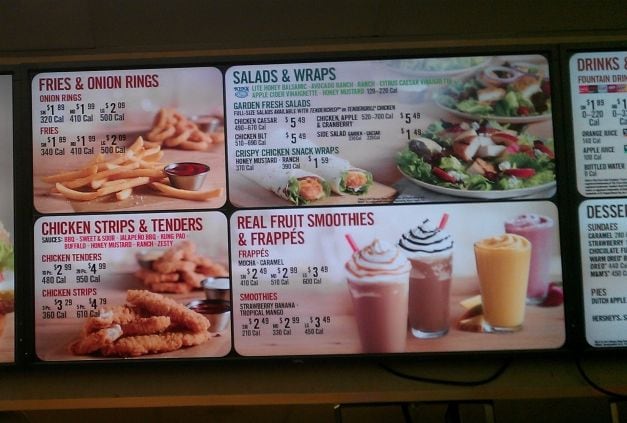The 2,000-calorie benchmark is what FDA deems a reasonable daily calorie intake for many adults, and—perhaps more importantly—it’s what nutrition labels on food products sold in the US are based on. So the key to understanding nutrition labels and thus using them to make healthy food choices, the researchers found, may be an understanding of this basic value.
"While daily energy needs vary, the 2,000-calorie value provides a general frame of reference that can make menu and product nutrition labels more meaningful," said study leader Lawrence J. Cheskin, MD, director of the Johns Hopkins Weight Management Center at the Bloomberg School of Public Health. "When people know their calorie 'budget' for the day, they have context for making healthier meal and snack choices."
Over half the participants unaware of 2,000-cal/day value
For the study, which was supported by The Monday Campaigns, the researchers surveyed 246 participants dining in the Johns Hopkins Hospital cafeteria to assess their initial knowledge of the 2,000-calorie value. (The cafeteria included calorie labels for food choices but no information on the daily context.) They found that 58% of participants could not correctly identify the 2,000-calorie value, even those with college or graduate degrees.
Participants were then randomly assigned to receive a weekly text message reminder, a weekly email reminder or no weekly reminder about the 2,000-calorie value for four weeks, followed by a follow-up survey. After the study period, those receiving the weekly text messages were twice as likely to correctly identify the 2,000-calorie value as compared to those who received no weekly reminder.
As part of its proposed Nutrition Facts panel overhaul, FDA has recommended making calories larger and replacing existing serving sizes to more accurately reflect what people actually eat or drink to make calorie counting easier. But nutrition labels (unlike restaurant menus) contain footnotes denoting that “%DVs are based on a 2,000 calorie diet".

And while FDA has also proposed new menu-labeling regulations that will require chain restaurants with 20 or more outlets to list calories on menus, menu boards, and drive-through displays Cheskin said that calorie counts don’t help consumers make good food choices if they don’t understand roughly how many calories they should consume each day.
"Given the low level of calorie literacy, simply posting calorie counts on menu boards is not sufficient," he said. "There are many simple ways to convey calorie information to consumers, including point of sale communication, text messages, emails and even smart phone apps. Ideally, these could work together, with calories posted on menus, restaurant signage and food labels along with personal reminders delivered through the latest technology. Our data indicate that weekly text messages are one element in this mix that can be effective."
Source: Health Promotion Practice
DOI: 1524839914543105
"Consumer Understanding of Calorie Labeling: A Healthy Monday E-Mail and Text Message Intervention"
Authors: Michelle L. Abel, MSPH; Katherine Lee, MA; Ralph Loglisci, BS; Allison Righter, MSPH; Thomas J. Hipper, MSPH, MA; and Lawrence J. Cheskin, MD.
